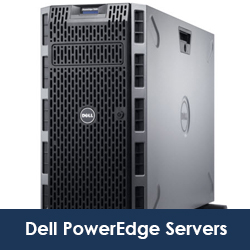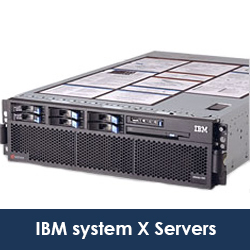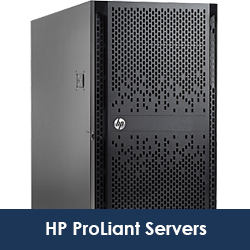
Including a single board computer and butterfly backplane, servers can support a range of I/O card options by including PCI, PCI-X and PCIe card slots. Cooling is provided by bulkhead-mounted high-CFM fans that maximize airflow over critical components.
The option of Quad,dual or single-processor single board computers which feature multi-core Intel processors allow for a variety of system configurations which satisfy any unique application specific requirements.
Internal server characteristics
Processor support: Processor support is often the first consideration, Today's servers can routinely support one or two multicore CPUs.
Memory support: The second most important internal consideration is a server's memory support. Since virtual machines often run out of memory (or RAM) resources before they exhaust available processor cycles, organizations with virtual servers may place greater importance on memory than on processors.
Drive support: Drive support is another hallmark of servers, and today's crop of products can support numerous small form factor (usually 2.5-inch), SATA (serial ATA) and SAS (serial-attached SCSI) disks, along with an optical drive, such as a low-profile CD-ROM or DVD-ROM for loading software.
Expansion slots: Servers also offer limited expansion capacity through one or more slots. These slots are typically available from riser cards located on the motherboard and can accommodate a range of enhancements such as RAID controllers, additional network adapters, storage area network (SAN) adapters such as a Fibre Channel host-bus adapters and so on. It's important to distinguish between PCIe (PCI Express) and PCI-X (PCI-eXtended) expansion slots — the card types are not interchangeable.
External server characteristics
Power: Every server requires power provided through a standard alternating current (AC) cable suitable for the outlet voltage and style for your specific region of the world. Although power may seem like an obvious consideration, it’s particularly important to evaluate the need for resilient power features.
Redundant power is a critical component in high availability systems. In the simplest solution, two power supplies can drive a load through diodes to OR their outputs together. In this way, the power supplies can either share the load or have one active and the other in standby.
Network connectivity: There are an increasing number of network connectivity options to consider. LAN ports are a crucial aspect of modern servers, so select a model that provides the connectivity that’s appropriate for a server’s load.
User interface ports: The server also provides an assortment of user interface ports for the keyboard, video, mouse (KVM), along with numerous USB ports. In many cases, servers can be managed directly by connecting user-interface ports to a centralized KVM switch which is then directed to a single keyboard, video display and mouse at an administrator’s console nearby.
Controls and indicators: Many IT personnel pay little attention to the controls and indicators along a server’s front panel. They may assume that diagnostics or system management tools provide the status and troubleshooting information needed, but one shouldn’t underestimate the ability to assess a server’s status at a glance.




